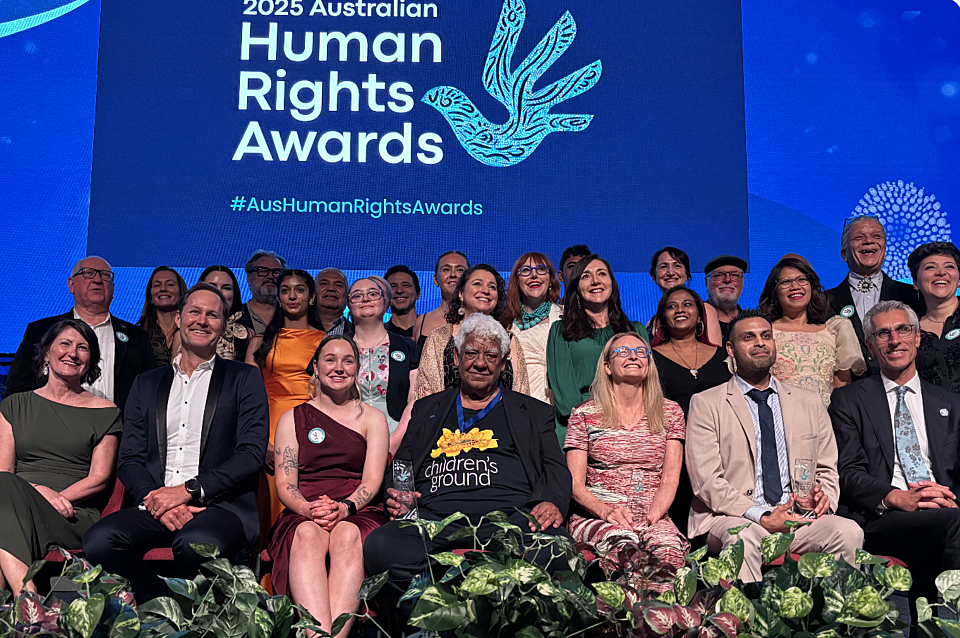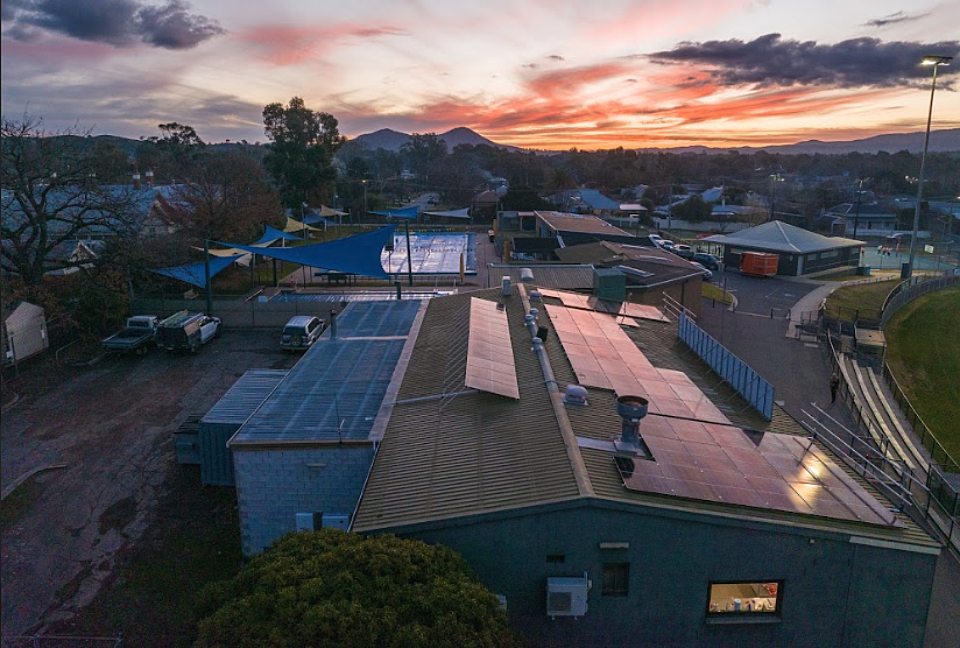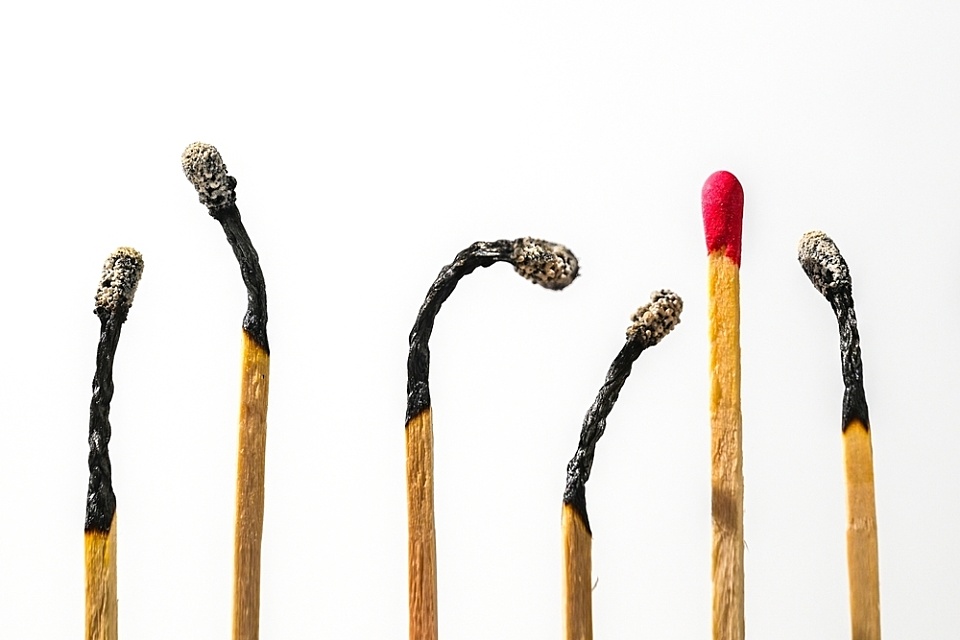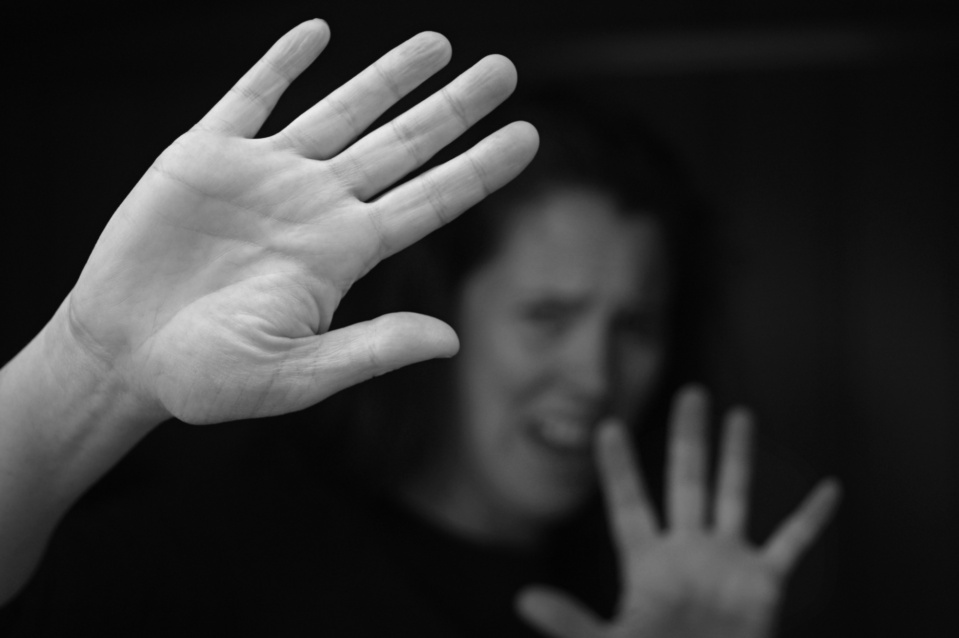
William Tilmouth wins Australia’s highest human rights award and condemns continuing Indigenous policies
Posted on 17 Dec 2025
The founding chair of the ambitious systems-change not-for-profit organisation Children’s Ground,…
Posted on 22 Jul 2025
By Nick Place, journalist, Institute of Community Directors Australia

People living in low-income countries donate more than twice as much of their income to help others, in percentage terms, as people in much wealthier countries, according to the 2025 World Giving Report just released by the Charities Aid Foundation (CAF).
People in low-income countries including Malawi, Uganda and Tanzania donate an average of 1.45 per cent of their income, according to the report, compared to 0.7 per cent in the wealthiest countries.
It would be lovely to think that Australia bucks that trend, but we don’t. We ranked 68th of 101 countries and donated only 0.73 per cent of our income on average, less than the average of 0.75 per cent for the Oceania region overall. That compares to the African continent’s average of 1.54 per cent.
But at least we’re not Japan. “Japan is the least generous country in our survey, where only 16 per cent of people donate and they give just 0.16 per cent of their income to good causes on average,” CAF said. “That is nearly 18 times less as a proportion of income than people in Nigeria.”
Sitting with Japan among the five least generous countries in the world are two G7 powerhouses, France and Germany.

Asian countries averaged donated income of 1.28 per cent, while North America landed at 0.94 per cent, South America at 0.73 per cent and Europe at 0.64 per cent.
Country by country, Nigerians took the title as the most generous population on the planet, donating 2.83 per cent of their income. Egyptians (2.45 per cent) came second on the generosity ladder, and Ghanaians and Chinese (both on 2.19 per cent) tied for third place.
Among the richest countries? Of the 39 countries in the most-wealthy bracket, the most generous are Qatar (1.92 per cent), UAE (1.92 per cent) and Saudi Arabia (1.13 per cent). The average percentage of income donated across the 39 super-rich countries was just 0.70 per cent.
Interestingly, people aged 35–44 globally donated on average 1.18 per cent of their income, compared to those over 65 years old who donated only 0.83 per cent.
CAF says its mission is to accelerate progress towards a fair and sustainable future for all, including producing rich materials to allow charities, the wider sector and governments better understand giving and generosity and build resilience and effective strategy.
“There is wide disparity, with the most dynamic cultures of giving often in countries where the populations are also much in need.”
Summarising the 2025 report’s findings, CAF CEO Neil Heslop said it was important information in the context of the severe financial headwinds that social purpose organisations are facing worldwide. “Traditional funding models need to change as patterns of behaviour evolve and governments cut back on their aid and development spending with philanthropy seeking to respond,” he wrote. “In an unstable geopolitical environment, humanitarian needs continue to grow and community charities are relied on more than ever before to tackle increasingly complex social problems.”
Heslop said individual giving remained essential as a cornerstone of generosity, and yet “there is wide disparity, with the most dynamic cultures of giving often in countries where the populations are also much in need.”
“Giving does not necessarily correlate with wealth or even security, but rather on the perception of necessity – and very often we perceive those closest to us to be most in need,” he observed.
The report showed that supporting children and young people was the only shared concern across all sectors and countries. It also noted how important it is for governments to create the right environment for giving, with Heslop saying, “People [report] that they give more in places where their governments encourage it.”
Close to home, the report said 67 per cent of Australians said they had donated in some capacity in the past 12 months, with 56 per cent donating to charity, 24 per cent donating directly to people in need and 15 per cent of the population donating “via religious routes”.
The breakdown of Australians’ 0.73 per cent of income donated was an average of 0.38 per cent to charity, 0.20 per cent directly to people in need, and 0.16 per cent to religious routes.
Surprisingly, only 11 per cent of the Australian population donated to aid or disaster relief, and only 8 per cent did so for disaster relief overseas.
Twenty per cent of Australians reported that they had volunteered, averaging 9.4 hours of such work.

Posted on 17 Dec 2025
The founding chair of the ambitious systems-change not-for-profit organisation Children’s Ground,…

Posted on 17 Dec 2025
As we head into the holiday period, the number of Australians battling homelessness has hit crisis…

Posted on 17 Dec 2025
Posturing by the US president about Europe's immigration policies, even warnings of future…

Posted on 17 Dec 2025
For this final Community Advocate edition of the year, we reviewed a whole year’s worth of stories…

Posted on 16 Dec 2025
Lex Lynch spent more than two decades in the climate change and renewables field before last year…

Posted on 16 Dec 2025
As Australia prepares to welcome its one millionth refugee, human rights advocate and former…

Posted on 11 Dec 2025
Community Directors trainer Jon Staley knows from first-hand experience the cost of ignoring…

Posted on 10 Dec 2025
Adele Stowe-Lindner, Executive Director, Community Directors The Institute of Community Directors…

Posted on 10 Dec 2025
The Australia Institute has called on the federal government to force Australian businesses to be…

Posted on 10 Dec 2025
Economic empowerment is essential to enabling recovery, restoring agency and preventing future…
Posted on 10 Dec 2025
A long-time advocate for rough sleepers in northern New South Wales has been named her state’s…

Posted on 10 Dec 2025
What a year 2025 has been, particularly at a national level where the Parliament and politics as we…